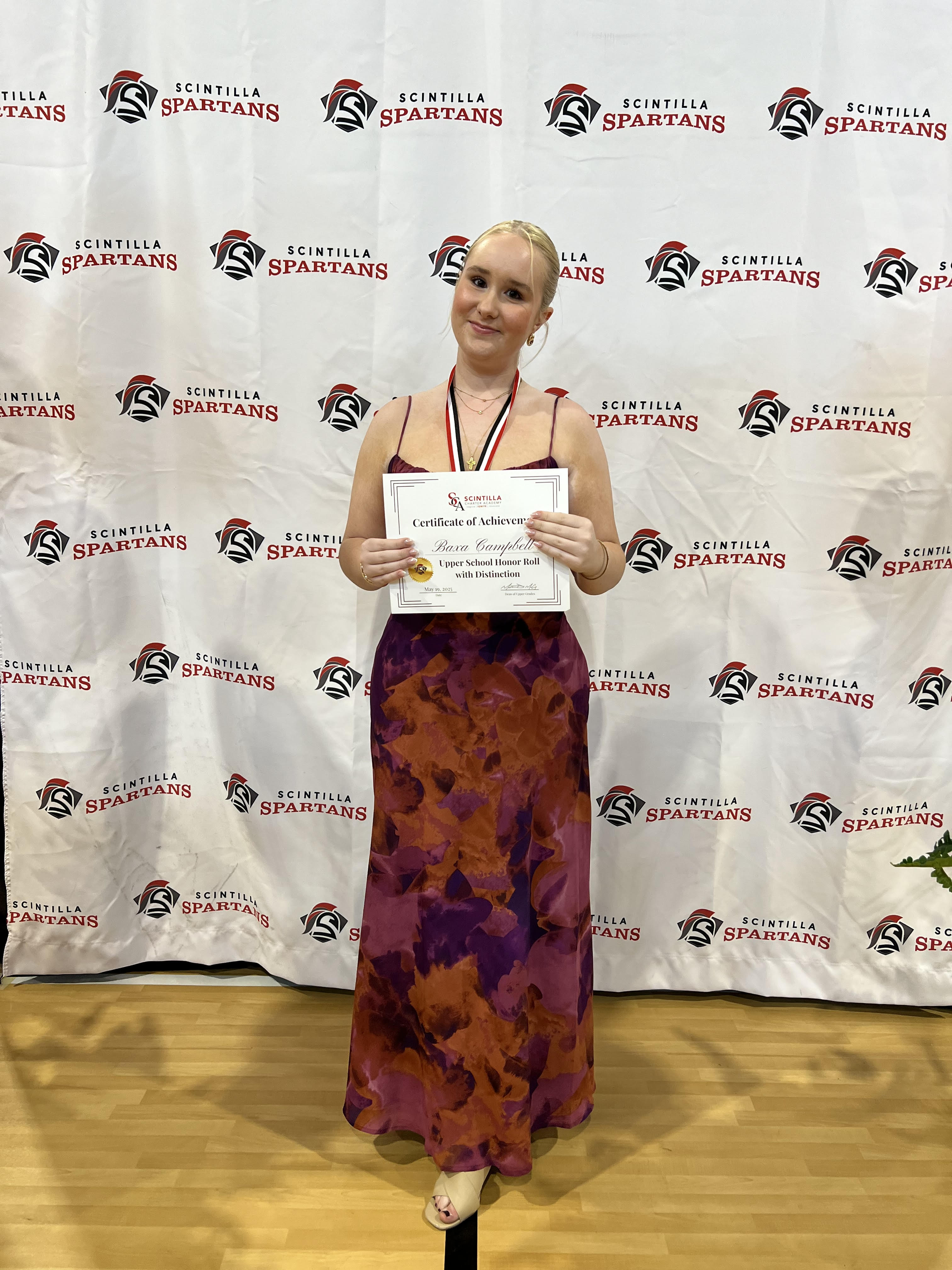Lakeland restores the house that Rivers built
Published 6:00 am Sunday, May 29, 2016

- Dean Poling | The Valdosta Daily TimesSandy Sanders of the Lakeland-Lanier County Chamber of Commerce reviews historical information outside of the house of Gov. E.D. Rivers, who lived in Lakeland.
LAKELAND — Georgia Gov. E.D. “Ed” Rivers was a Southern proponent of President Franklin D. Roosevelt’s New Deal programs. Rivers’ progressive policies were referred to as the “Little New Deal.” He viewed his election and his policies as a mandate by the people of Georgia. “What the people have willed to be … will be be done,” Rivers said.
As governor, he welcomed Clark Gable and Vivian Leigh to Georgia for the Atlanta premiere of “Gone with the Wind” leading the applause of thousands of Georgians who welcomed the stars to the Loew’s Grand.
His daughter, Geraldine, married the son of one of Rivers’ chief political rivals.
After his time as governor, he and wife Lucille fended off a gun-shooting kidnapper who came to their door. The would-be kidnapper failed and committed suicide. Though a harrowing experience that haunted Mrs. Rivers for the rest of her life, news accounts gave it an almost comical bent because during the fray to fight off the attack, she bit the thumb of the governor thinking she was biting the kidnapper.
And E.D. Rivers lived in Lanier County in a house by Banks Lake.
The Lanier County Preservation Society purchased the house and 25 adjoining acres in 2013. Rivers’ daughter, Geraldine R. Mangham, lived in the house until the early 1990s. She saved the house, newspapers, letters, speeches, art, furnishings and more from her father’s lifetime and career, said John H. “Sandy” Sanders of the Lakeland-Lanier County Chamber of Commerce.
She passed away in 2013 at the age of 94. Weeks earlier, Mangham and her family made the home available to the Preservation Society.
The society, the Lakeland-Lanier Development Authority and the chamber manage the house which has been restored to closely resemble its appearance during Rivers’ two terms as governor in the late 1930s.
An historical marker in the front yard denotes the house’s significance. The house was moved from its original site several years ago to a nearby parcel of land.
Sanders said some of the furniture belonged to the one-time governor and his family. Other pieces are circa 1930s to 1940s, such as an ice box and washing machine in the kitchen.
Sanders said the house and Rivers’ career has local and state significance. Rivers was instrumental in changing the one-time name of Milltown to Lakeland, the era that is portrayed in about 40 murals throughout Downtown Lakeland.
The house is dedicated to the life and times of Gov. Rivers.
Eurith Dickinson Rivers was born Dec. 1, 1895, the son of a country doctor, in Arkansas, according to history provided by the Chamber of Commerce.
His father enrolled young Rivers into Young Harris College because of the institution’s dedication to academics. Rivers revealed a penchant for leadership and organization early, as well as a willingness to buck authority, by organizing the first basketball team at the school and playing infield on the baseball team. But he also was elected president of the debating society.
As a teen, he secretly married Lucille Lashley, the daughter of a science professor at the school.
In 1914, when her family moved to Cairo, Ed and Lucille Rivers joined them. Rivers worked as a teacher while studying law. He was admitted to the bar at the age of 20; he could practice law before he could legally vote. He was city and county attorney respectively for Cairo and Grady County.
The Rivers family, with children E.D. Jr. and Geraldine moved in 1920 to Milltown, which soon changed its name to Lakeland. He helped create Lanier County. He was the first editor of the Lanier County News, became a shareholder in Farmers & Merchants Bank, and acquired much land.
He became the Lanier County representative in the Statehouse in 1925, was elected state senator in 1826 serving as president pro tem. In 1928, he ran for governor but lost to incumbent Gov. L.G. Hardman. He lost again in 1930. In 1936, he won and was re-elected governor in 1938.
“During Rivers’ two terms as governor new legislation created old age pensions, aid to the needy blind and aid to dependent children, the Department of Public Welfare, unemployment insurance tax for unemployment compensation, state-supported seven-month school term, free text books, reorganized the stare board of education, set up the State Highway Patrol under the new Department of Public Safety, and set up drivers license fees to support the department,” according to the chamber information. “Rivers supported the New Deal Rural Electrification Program in Georgia.”
After being governor, Rivers opened and operated radio stations and served as chairman of the Woodmen of the World from 1956-60.
He died June 11, 1967 in Atlanta. His funeral was held in Lakeland.
The Rivers house contains many pieces of memorabilia and photographs from Rivers’ term as governor and from his and the family’s lives in Lakeland.
The collaborative partnership managing the house has had a film professionally produced that chronicles Rivers’ biography. It can be viewed from a television set installed in the Rivers House fireplace.
An area that was once a porch has been converted into a museum of large-scale photos and exhibits about Rivers. The section, along with other areas of the house, are illuminated by gallery-quality lighting.
Tours of the Rivers House are available by appointment, by calling Sanders at (229) 482-9755.





